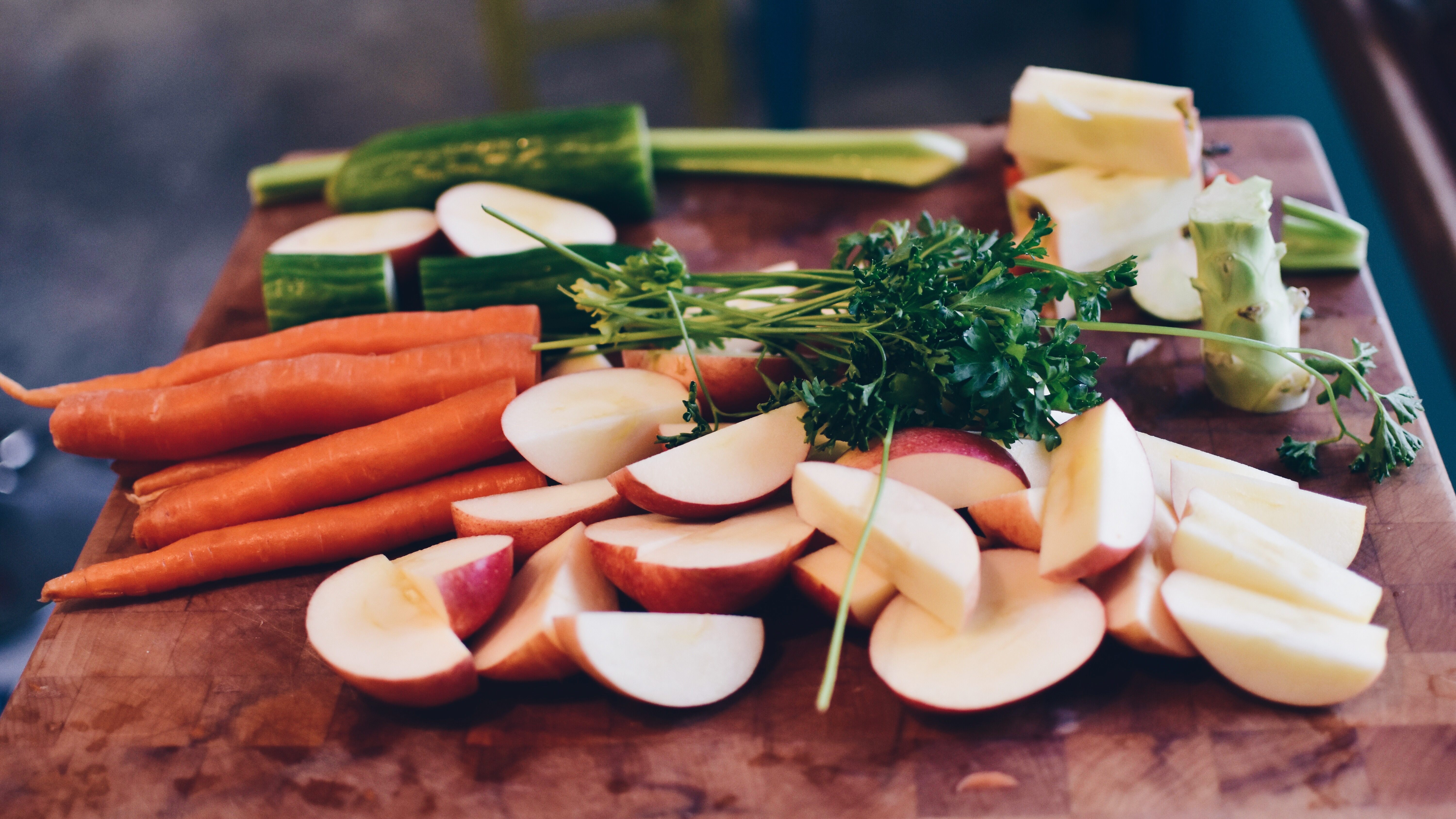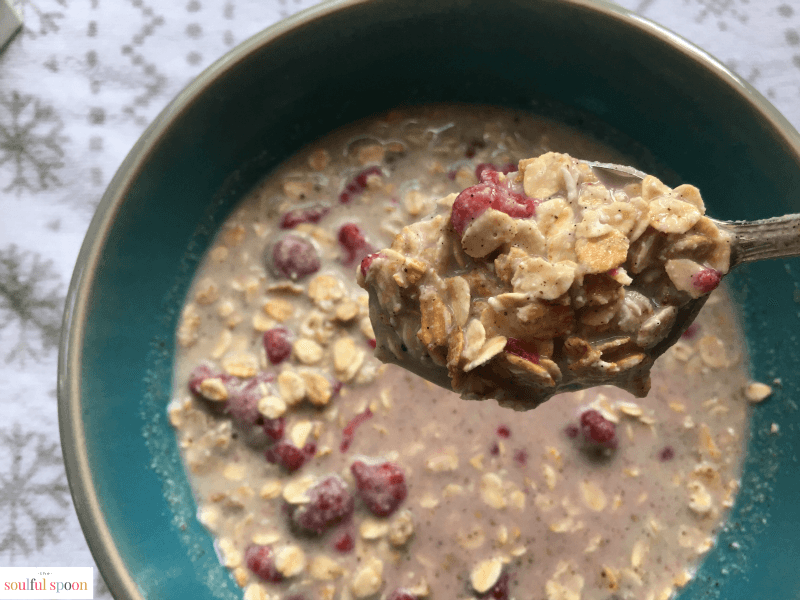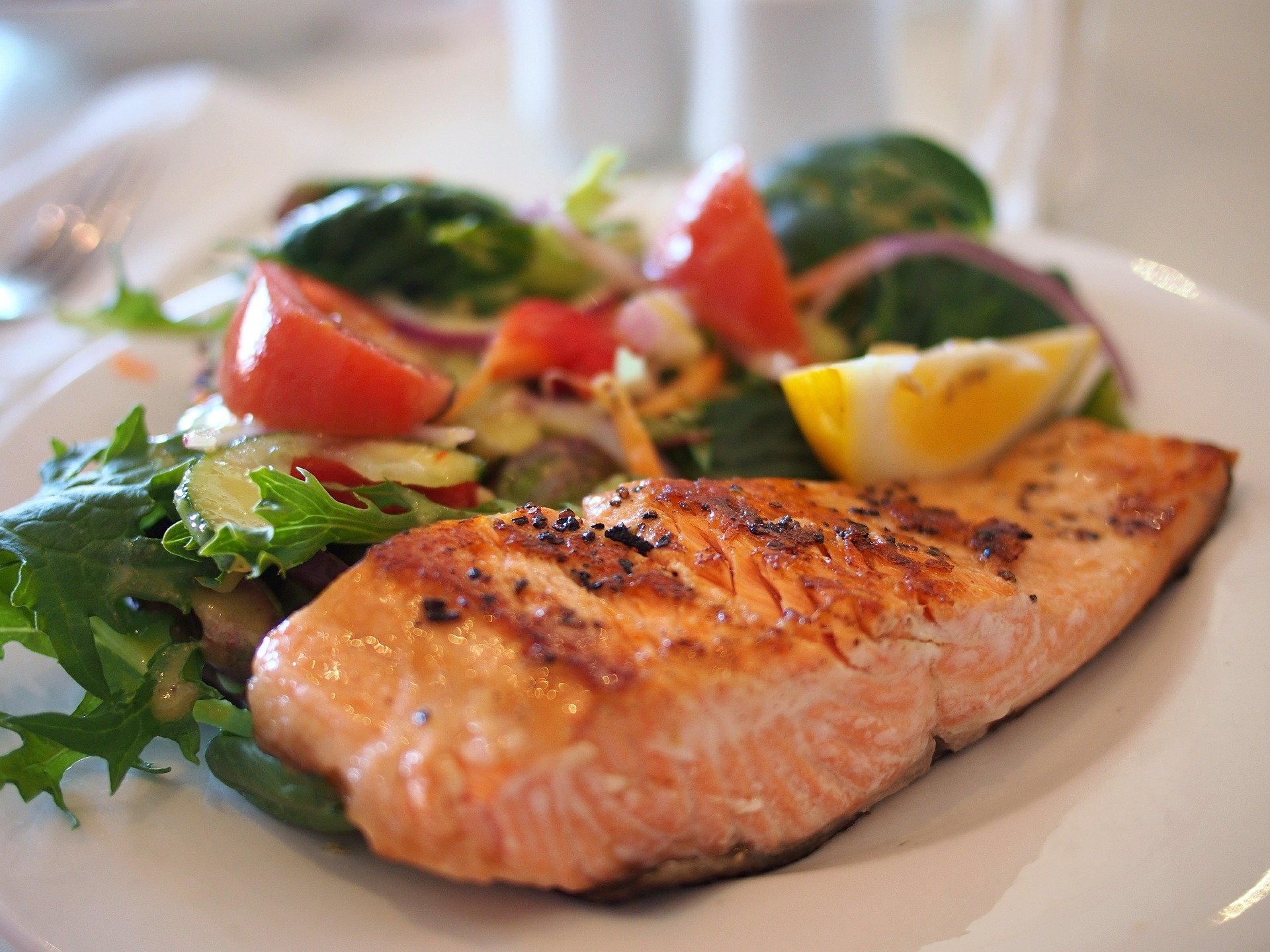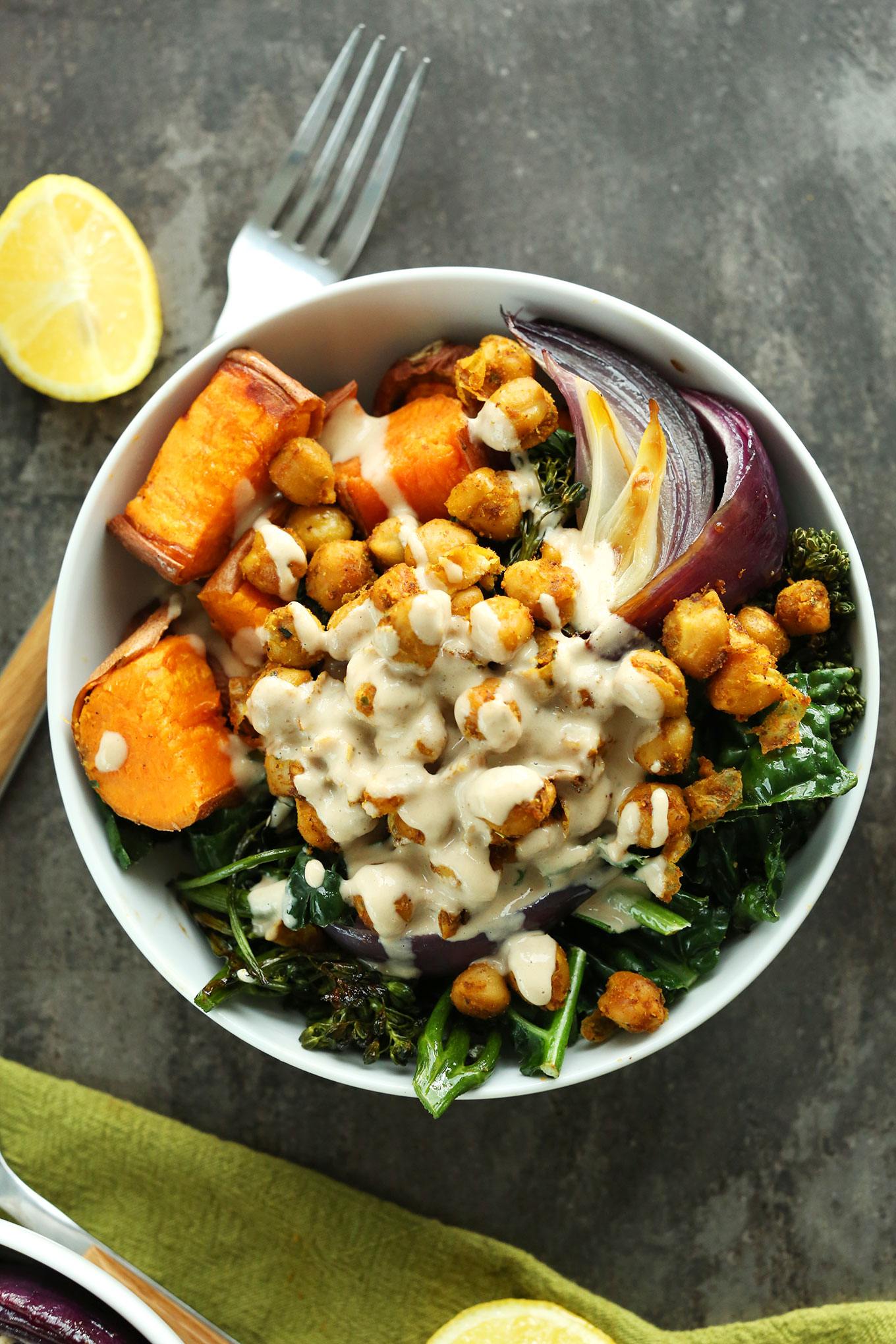Fiber is probably the least exciting word in the field of health and nutrition. Wouldn’t you agree? It reminds us all of those chalky powders we see advertised on television, and it seems like such a boring way to add nutrition to our plates. We all know we need fiber, but what in the world does that look like on a day-to-day plate, and what are the benefits of eating a high-fiber diet?
The average woman needs anywhere from 30–35 grams a day of fiber each day and men need anywhere from 30–45 grams per day for optimal digestive, weight, and heart health. The dietary requirements for fiber set by the national government have changed over the years but have tended to range between 20 and 35 grams per day. Normally, fiber intake is usually best anywhere between 30 and 35 grams at a minimum. What does fiber actually do, though, and why is it really that important?
Fiber is one of the most crucial parts of an optimal nutrition plan because it does much more than regulate our digestive tracts. A high-fiber diet can keep you from getting sick, overweight, regulate your blood sugar, and even help you drop unwanted pounds without cutting calories!
Here’s why fiber is a nutrient you should be excited about.
- It eliminates harmful cholesterol from your body via bowels and arteries so you can feel energized and healthy!
- It keeps you feeling squeaky clean inside so you don’t get sluggish from poor digestion. Hey, we all love that, right?
- It balances your blood sugar levels so you don’t get the “hangry” (hungry-angry) feeling after a meal when your blood sugar shoots up and down and then goes all over the place due to you consuming too much sugar and refined carbs.
- It feeds the good bacteria in your digestive tract so bad bacteria doesn’t take over. Fiber is your good gut flora’s favorite food!
- When it comes from whole foods (versus pills), you also take in more nutrients with the fiber that help your body absorb more nutrients from your food because fiber slows down the release of food through your system so you get the most benefits.
What about fiber and weight loss?
You may have heard that fiber can help you lose weight, and yes, that’s very true. Here’s why: fiber is only found in plants, and therefore, in carbs. When you consume fiber-rich carbs, you benefit your blood sugar levels, stay fuller longer, and you also optimize gut flora. Low-fiber foods like processed carbs, sugar, meat, and excessive animal products can lead to digestive sluggishness and weight gain because of the lack of fiber. So, fill your plate up with plants and go for at least 2 cups at each meal if you can.
If you want to know more about weight loss, you can’t miss the following article that provides all useful tips you need:
Weight Loss Plan And Program: Create Your Own One
What types of fiber exist?
There are two main types of fiber: insoluble and soluble fiber. You need both insoluble and soluble fiber to function optimally. But before we talk about why, let’s see what soluble and insoluble fiber actually are and what they do.
Soluble fiber is like a gel: it soaks up with water in your digestive tract and moves food slowly out of the body in a gentle way. It’s very important to consume enough water when you consume soluble fiber to optimize the way this fiber works. Soluble fiber is excellent for the heart and is very gentle on the body. Common sources of soluble fiber include puréed pumpkin, applesauce, berries, banana, avocado, artichoke hearts, winter squash, potatoes, apples, pears, chia seeds, oatmeal, and other similar foods.
Insoluble fiber is like a broom; it sweeps food quickly through the digestive tract more quickly and comes from foods like broccoli, leafy greens, corn, flax, wheat bran, coconut, most nuts, cucumbers, celery, cauliflower, and other similar fibrous foods. Insoluble fiber is the most well-known for fighting constipation and can be helpful if you are suffering from sluggishness. However, soluble fiber can do the same depending on how your body works and digests fiber. Insoluble fiber can cause a bit of discomfort for people sensitive to it, but there’s no need to fear it. Start consuming insoluble sources of fiber slowly and be sure to pair them with soluble foods every time you consume them.
What does a day of enough fiber look like?
Here’s an idea of what a day full of fiber looks like that won’t leave you in pain from fiber overload or leave you chugging fiber powders.
Breakfast
Image Source: The Soulful Spoon
1. Morning Green Protein Smoothie
2 cups spinach, 1 cup frozen berries, a plain cup of Greek yogurt for protein or protein powder, 1 tablespoon of chia seeds of flax seeds, and 1/2 a frozen banana or 1/2 an apple.
2. Creamy Fiber Oatmeal Bowl
1/2 cup rolled oats cooked with non-dairy milk or water and served with 1/2 cup berries and 1 tablespoon chia or flax seeds. Add a plain cup of yogurt on the side with more berries if you desire extra protein.
Lunch
3. Fiber-Rich Protein Salad
2 cups greens of choice, 4 ounces lean protein of choice, 1/2 a chopped cucumber, 1/2 cup artichoke hearts, 1 cup chopped and roasted squash or sweet potatoes, 2 tablespoons avocado and a lemon/vinaigrette style dressing.
4. Protein and Veggie Plate
4 ounces your choice protein, 1/4 cup cooked quinoa or wild rice, 1 cup steamed broccoli, 1 cup roasted squash or sweet potato and your choice healthy fat (2 tablespoons avocado, 1/4 cup nuts seeds, 1 whole egg, or 1/4 cup olives).
Dinner
Image Source: Minimalist Baker
5. Nutrient-Dense Soup
1/2 cup no-salt-added black beans or lentils, 1 cup chopped veggies (onions, peppers, zucchini, etc.), 1 cup low sodium veggie broth, 1 can no-salt-added tomatoes, and a little oregano and black pepper. Add 2 cups of water and cook in a slow cooker for 2 hours on high.
6. Buddha Bowl
1/2 cup chopped wild rice or quinoa, 4 ounces protein of choice (salmon, tofu, tempeh, beans, lentils, 2 eggs, etc)., chopped cucumber or celery, and 2 cups mixed veggies (broccoli, cauliflower, and carrots are great). Top with your favorite condiments (hot sauce, salsa, mustard, etc.), and enjoy!
Don’t Forget
1. Drink at least 8 cups of water per day and water-rich drinks such as herbal tea. Even coffee counts, but too much (more than 2 cups) can dehydrate you, so make up for this by consuming more plain water if you consume excessive caffeine.
2. Be sure you get some movement each day. Movement helps move fiber through your body so it can do its job. I’ve found a daily walk is perfect and does wonders!
3. Mix up the different sources of fiber you consume so your body learns to use different types on a regular basis. This will help keep you healthy long-term and optimize gut flora function.
4. If you have discomfort, cut back on beans, legumes, and excessive grains. Go for more fruits, vegetables, and implement 5 grams of fiber less per day to help your body adjust.
5. Think of fiber every single time you go to make a meal. Remember, whole foods are best and real food is always better than processed sources of fiber or high-fat sources.
For more fiber tips and ideas to include more into your day, check out these fiber-rich foods into your day.


















































